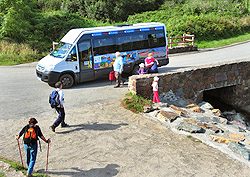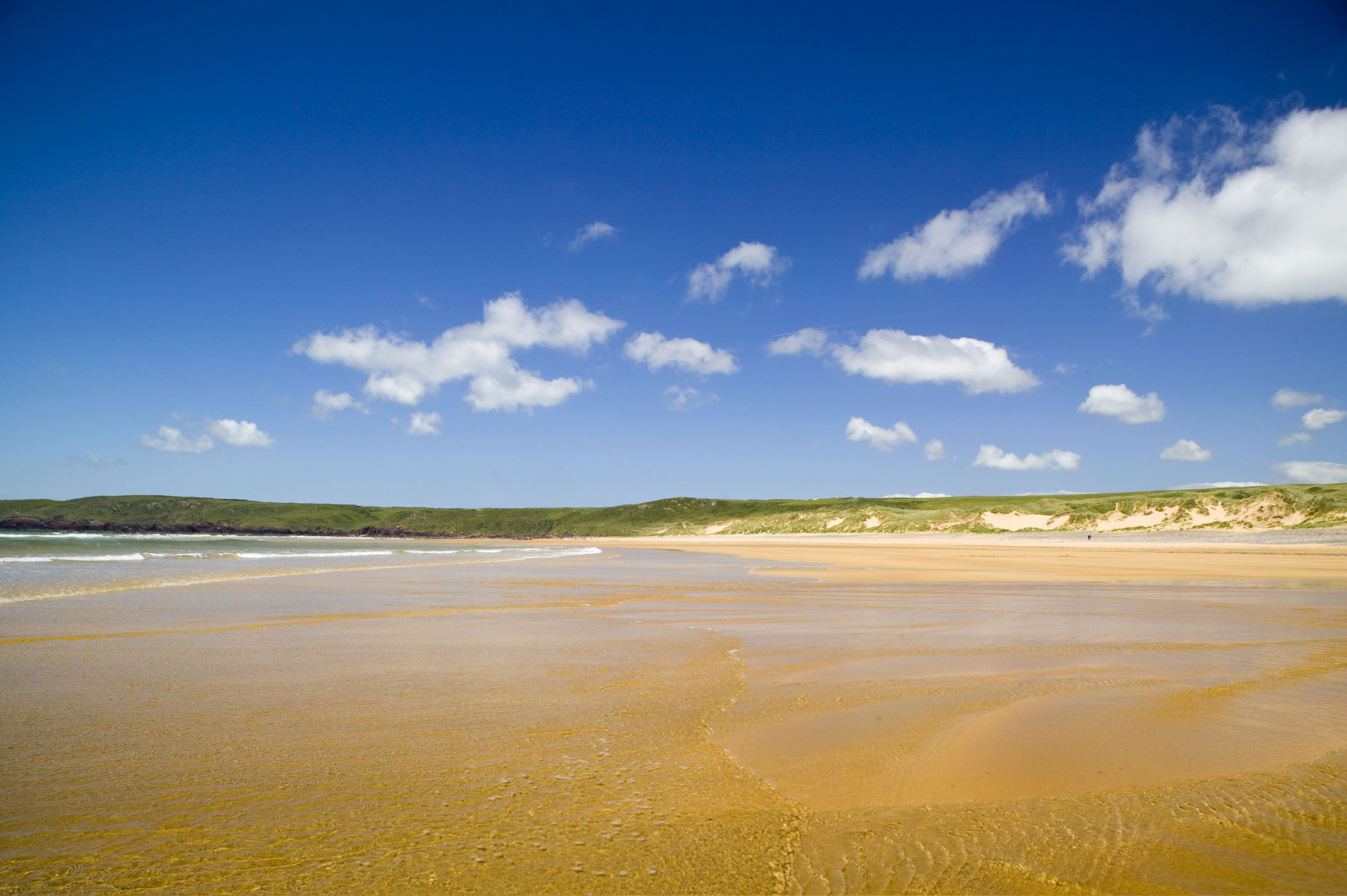Pembrokeshire receives millions of visitors with the great majority arriving by car. Many visitors travel along the M4 corridor stretching from Llanelli to London. Authorities such as Pembrokeshire County Council and the Pembrokeshire Coast National Park, and local residents are concerned about the impact of so many visitor cars throughout the year but largely from April to October.
These concerns include:
- Traffic congestion especially in such popular places as Tenby and St. David’s.
- Car parking.
- Air pollution – CO² emissions.
- An increase in road accidents during peak holiday times, notably along Pembrokeshire’s narrow country lanes.
- The lack of public transport.
Discuss how Pembrokeshire County Council tried to combat the problems with traffic congestion
Click on the link and watch the videos.
http://www.pembrokeshire.gov.uk/
As a result of funding from the Welsh Assembly Governments – Rural Development Plan Pembrokeshire now has a fleet of five coastal bus services that run 7 days a week throughout the summer and 3 days a week in winter. The buses cover most of the 186 miles of Coast Path National Trail.
Full ScreenThe introduction of the coastal bus services has resulted in a number of positive impacts. These impacts can be categorised as:
- Economic
- Environmental
- Social
- In 2011 the coastal buses carried nearly 70,000 passengers.
- Before the coastal buses were introduced many people used two cars – leaving one at the start and one at the end!
- It is estimated that the coastal buses have reduced the number of cars in the National Park by over 30,000 in one year.
- Accommodation providers have reported an increase in bookings.
- In 2000 only 30% of the Pembrokeshire Coast Path was accessible by public transport. Now the entire trail is accessible by the coastal bus services
- The coastal bus services have won several transport awards and are frequently hailed as an exemplar transport project.
